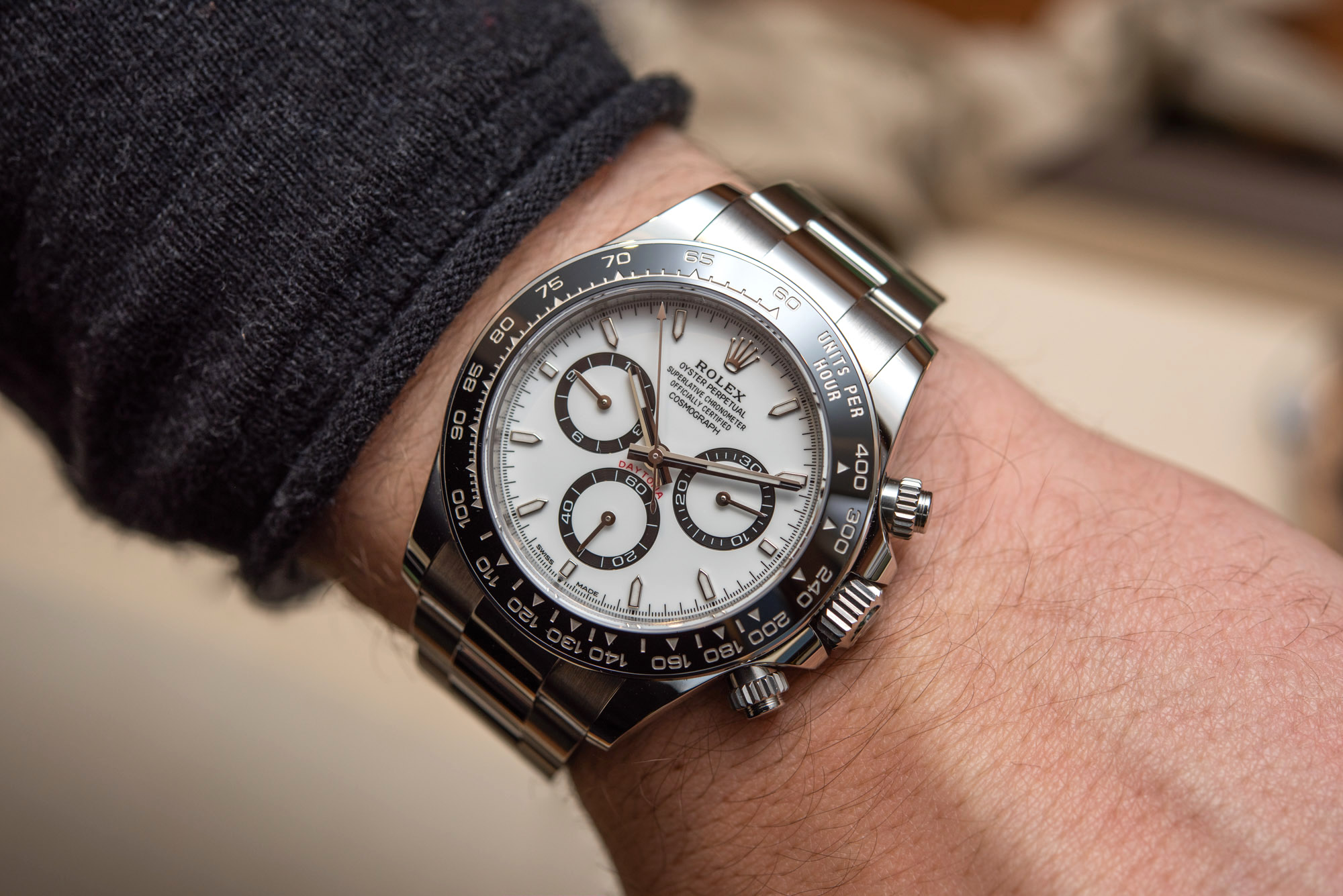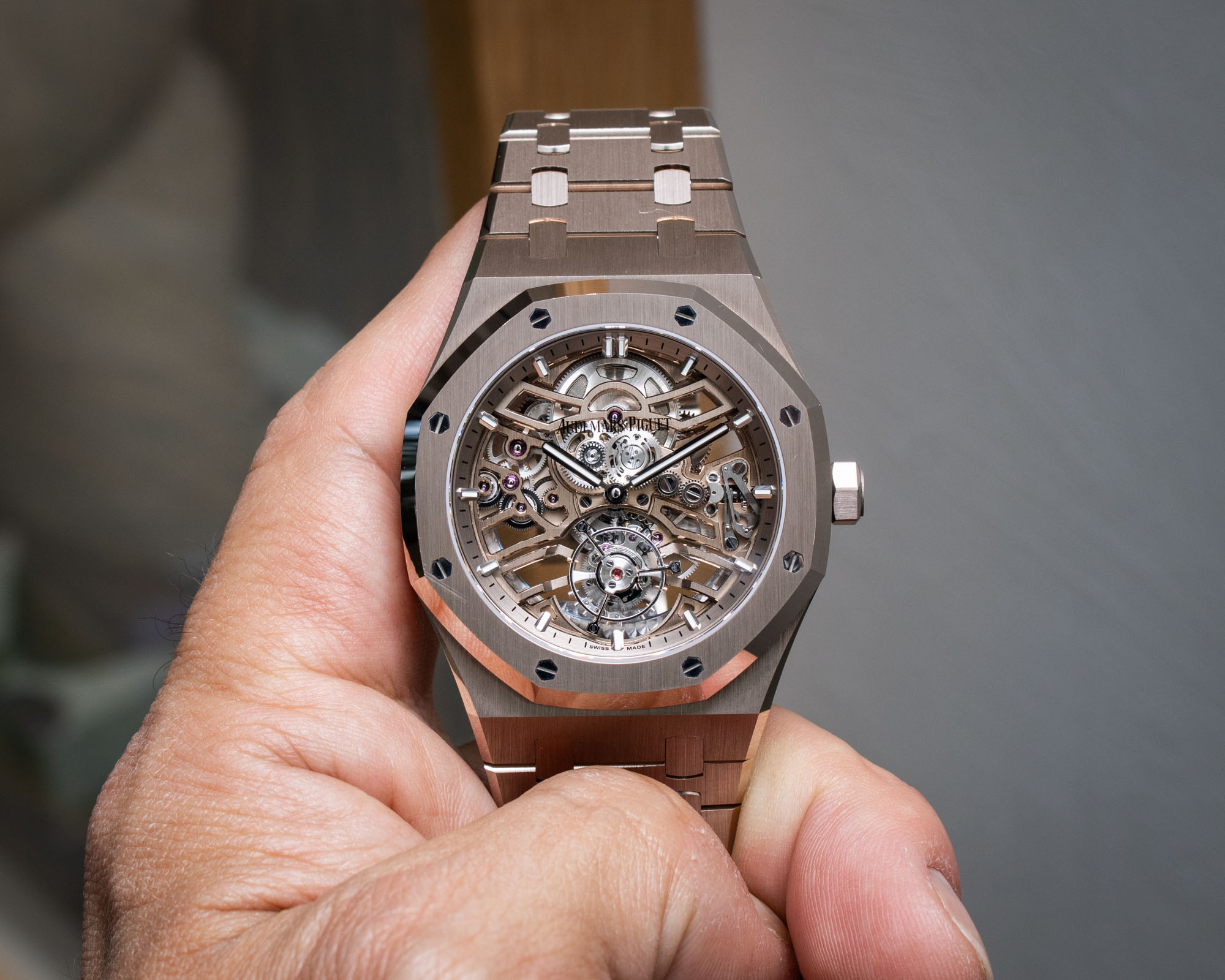 I make it my duty to discuss the evolving psychology and mental landscape of consumers who buy enthusiast and luxury wristwatches. The majority of analysis in the watch space is limited to reporting the narrow (and often misleading) metrics that are sometimes available, as well as sharing interview quotes from tight-lipped industry managers. Little effort among my peers goes into “trying to explain it,” which is challenging detective work. The underlying emotional mechanics and triggers that excite people about a luxury purchase, and then further stimulate them to put down money, are the key ingredients of what make the luxury timepiece world go around. That is some of the larger context for the watch buyer discussion I am exploring in this essay today.
I make it my duty to discuss the evolving psychology and mental landscape of consumers who buy enthusiast and luxury wristwatches. The majority of analysis in the watch space is limited to reporting the narrow (and often misleading) metrics that are sometimes available, as well as sharing interview quotes from tight-lipped industry managers. Little effort among my peers goes into “trying to explain it,” which is challenging detective work. The underlying emotional mechanics and triggers that excite people about a luxury purchase, and then further stimulate them to put down money, are the key ingredients of what make the luxury timepiece world go around. That is some of the larger context for the watch buyer discussion I am exploring in this essay today.
For years, watchmakers and retailers have understood concepts such as “people don’t buy watches to only tell the time” and “customers need to feel motivated about buying,” but have rarely deeply understood, collectively, what watch consumers are thinking and feeling at any given moment. This is manifested by the sheer variety of ways to buy watches and the many different types of watches (and price points) out there. Watchmakers understand that the public wants fun, high-quality watches but much of how to capture a community’s immediate attention is elusive and imprecise in application. Therefore, I will continue my analytical work in trying to explain what watch collectors and buyers are thinking, feeling, and doing. Today, I would like to discuss the interesting psychology of getting people to purchase items they cannot afford, and how that era is ending, at least for now.
The larger context of this discussion is the luxury watch industry’s attempts to increase profits and performance. Over the last several years (decades, really), a key strategy for watchmakers has been to raise prices regularly. Brands do this for a variety of reasons, with two primary factors being responsible for this activity. The first is that brands often miscalculate how many watches they can sell in any given market. Brands assume they will be able to grow the volume of watches they sell, and are often hit by various roadblocks; the reality is that, without additional work and development, organic demand for these products is lower than predicted. To keep profits rising without selling more watches, a simple and effective (though not always wise) strategy is to simply raise prices.
The second reason prices continue to rise is that luxury management books and academics preach it as gospel. I’ve read a number of “classic texts” on running European luxury brands, and there seems to be a consensus that because other brands keep raising prices, this is a way to maintain momentum and enthusiasm with customers for all brands. Accordingly, many brands seemingly increase the prices of their core popular products on a set schedule. They are often lambasted for doing so but counter with statements such as, “All this does is make our previous customers happy because it makes them feel better about the products they own, which are now theoretically worth more.” I would argue that it is not so simple and that the outcomes of such decisions are more nuanced with downstream pressures. These outcomes also subject a brand to increased competition. That is a topic for another in-depth conversation — I want to focus on why price increases are so aggressive, rampant, and random in today’s luxury watch space.
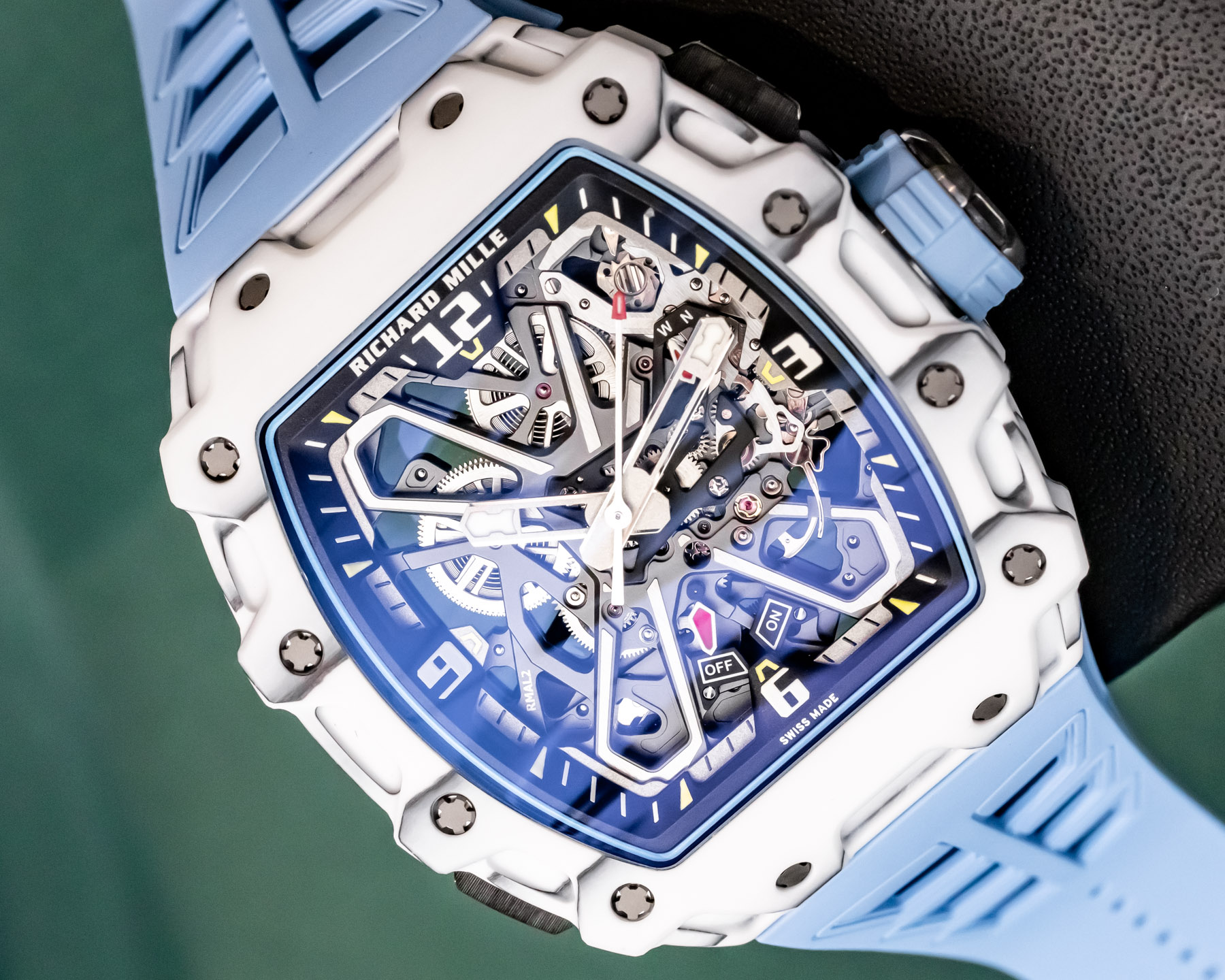 For as long as I can remember, I have advised people not to purchase watches they cannot afford. Many years ago, I started to offer advice reminding people that they should not take out loans to get watches and that only readily available disposable income should be used to purchase a timepiece. More so, given that a “nice watch” can be found at nearly all price levels, I figured consumers would naturally find products they are comfortable affording. I was a bit naive, as my advice was not prepared to counter what would happen in the watch enthusiast space around 2020. That was when the “investment value” of watches became somewhat of a mainstream concept (even though that concept had been brewing in the online media space for several years prior). Suddenly, it was common for people to purchase watches not to own and enjoy them, but to later resell them (in the same way that someone would purchase a stock to hopefully resell it later at a higher price to make a profit). This mentality caused many people to purchase watches they could not actually afford to lose money on since they purchased something very expensive while taking the risk that someone else would buy it again later at a higher price. Let me say that such speculative behavior is extremely dangerous and typically results in poor performance. That said, it still had the outcome of convincing too many people it was OK to purchase a debt-leveraged luxury watch.
For as long as I can remember, I have advised people not to purchase watches they cannot afford. Many years ago, I started to offer advice reminding people that they should not take out loans to get watches and that only readily available disposable income should be used to purchase a timepiece. More so, given that a “nice watch” can be found at nearly all price levels, I figured consumers would naturally find products they are comfortable affording. I was a bit naive, as my advice was not prepared to counter what would happen in the watch enthusiast space around 2020. That was when the “investment value” of watches became somewhat of a mainstream concept (even though that concept had been brewing in the online media space for several years prior). Suddenly, it was common for people to purchase watches not to own and enjoy them, but to later resell them (in the same way that someone would purchase a stock to hopefully resell it later at a higher price to make a profit). This mentality caused many people to purchase watches they could not actually afford to lose money on since they purchased something very expensive while taking the risk that someone else would buy it again later at a higher price. Let me say that such speculative behavior is extremely dangerous and typically results in poor performance. That said, it still had the outcome of convincing too many people it was OK to purchase a debt-leveraged luxury watch.
Adding to this problem is social media and peer pressure. I saw it on a lighter scale before Instagram, but the social pressure to be able to own and afford an expensive watch is very real. Years ago, going to small collector events, I realized how socially validating it could be to walk in with a cool, expensive watch — so much so that even modestly budgeted watch collectors started to feel enormous pressure to wear or own fancy watches they could not afford. This was a relatively minor phenomenon when it was limited to in-person events. But this peer pressure started to invade people’s daily lives once online watch enthusiast communities became popular on Instagram and other online venues. Unlike a platform like aBlogtoWatch, where our editorial team focuses on the full range of price points, social media has no such protective human curation. Instead, the platform seems to promote expensive, hyped, desirable watches that most people cannot afford or even find to purchase. This mounting pressure has started to normalize the idea that regular folks should be engaging in dangerous spending to own watches their current disposable income cannot tolerate. What is at the heart of motivating and justifying such unaffordable purchases? The elusive promise that you can resell your watch down the line at a profit.
The concept is simple, in theory. Let’s say you can only afford a $2,000 watch but really want a particular $10,000 watch because you keep seeing it on social media. You are comforted enough by the apparent popularity of the watch to feel that you can spend more money than you can afford. You believe that if you needed to liquidate the watch, it would not take too much effort to at least get your money back. Tons of people talking about watch auctions and resale values over the last decade have dramatically accelerated the popularity of such sentiments, no matter how false or misleading they might be. Even though $2,000 is all you can comfortably spend, in this scenario, you feel justified in spending too much or taking on debt because of the idea that you can sell the watch later, for close to what you paid for it or even more. Once people actually had to start liquidating their speculative watch purchases, reality conflicted with their somewhat idealized notions of ownership. The reality is that there are no such shortcuts to easily owning something you cannot afford. If disposable income is not being used to purchase a watch, then the customer is put in a precarious situation. This flies directly in the face of the argument that watches are a financial investment, and it is a tempering notion that many people who buy or sell watches do not want to confront.
Thankfully, dangerous speculative spending on luxury watches is down. People are returning to buying watches to own and wear. Indeed, many parts of the market stubbornly hold on to the idea that watches are investments because doing so potentially opens up the market to people beyond watch-wearers and enthusiasts. The reality, however, is that the elimination of easy credit, speculative cryptocurrency spending, and general low consumer confidence has hit people’s ability to spend. The shift is dramatic. Just a few years ago, people were coming out of the woodwork to spend more than retail on a new Rolex watch. Today, people are back to asking for discounts and have little patience for waiting lists. This is mostly reflective of consumers returning to spending their own disposable income on watches, which, practically speaking, is less than if they take out a loan or use profits from other investments to purchase timepieces. But what happens now?
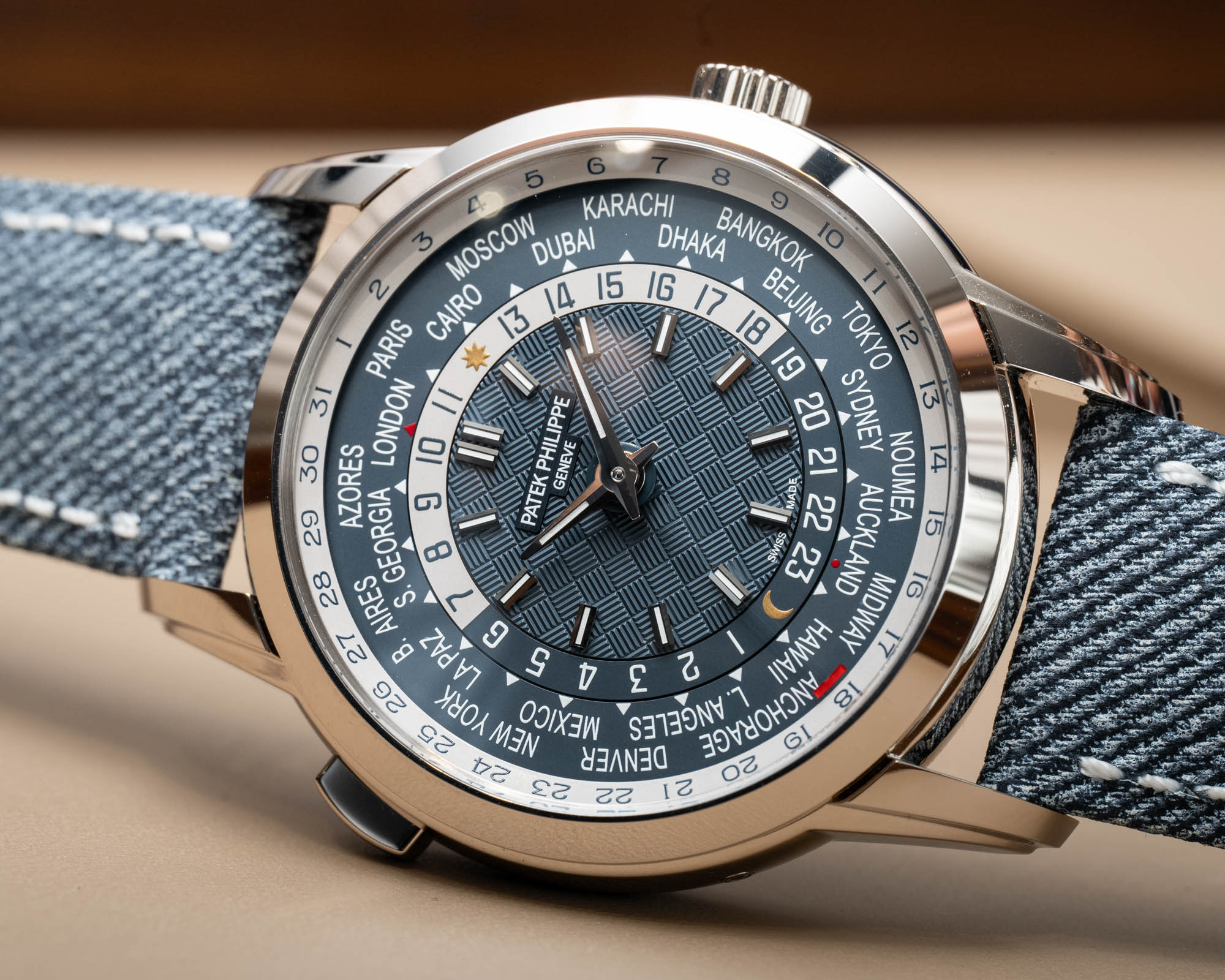
For all its missteps, the luxury watch industry seems to realize that the years ahead are going to be more challenging than the immediately preceding years. I warned about this all through the COVID-19 pandemic and before that, when I repeatedly shared opinions on how the watch industry was setting itself up for disaster by basing many of its growth notions on very shaky principles of consumer behavior. More recently, I discussed how consumer expectations for luxury watches have outpaced their ability to afford what they actually want. Now, we face a future in which the prices of many mainstream/popular luxury brands have gotten so high that rank-and-file luxury watch buyers around the world are priced out of products they would otherwise purchase.
This helps explain the monumental success of the startup watchmaker in today’s ecosystem. New brands are popping up regularly, thanks to huge amounts of entrepreneurial zeal and consumer demand. Ask some people what continues to be the inspiration for such new ventures, and they will say that the market is just hungry for novelty and freshness. That is true, but more accurately, the market is always looking to avoid the cost increases of owning products from the more traditional brands. Independent/startup watch brands are often less celebrated for their originality than their affordability. Clearly, there are opportunities for nice watches to cost less, and consumers seem quite hip to that notion. I see lots of clear evidence that consumers might still love the watches made by many popular mainstream luxury marques, but the desire to avoid purchasing them due to prohibitive costs is also at an all-time high.
The common response by the luxury watch industry to such a situation is a bit snooty and off-point. These brands say they feel bad for consumers who can no longer afford them, but that they are galvanized by the buying interests of richer customers. They think that no matter how high they price their watches, there is going to be a market segment out there interested in buying them. If this were such a straightforward matter, then all brands could easily sail to the top by simply courting richer and richer buyers. It simply doesn’t work out that way because the true size of the market that can afford more expensive watches is much more limited than brands want to believe. A far better business strategy is to compete better, rather than to posture better. This is what the watch industry entrepreneurs have figured out and what the corporate interests are still behind in realizing.
How a slowing watch industry will deal with the need to both produce fewer watches and price them fairly is yet to work itself out, as the combination of factors implies smaller profit margins in the short term. Only when brands see how they do in a given market, and how many people actually buy their watches, can they determine baselines. From there, brands can at least understand who is buying their watches, for what reasons, and at what price points.
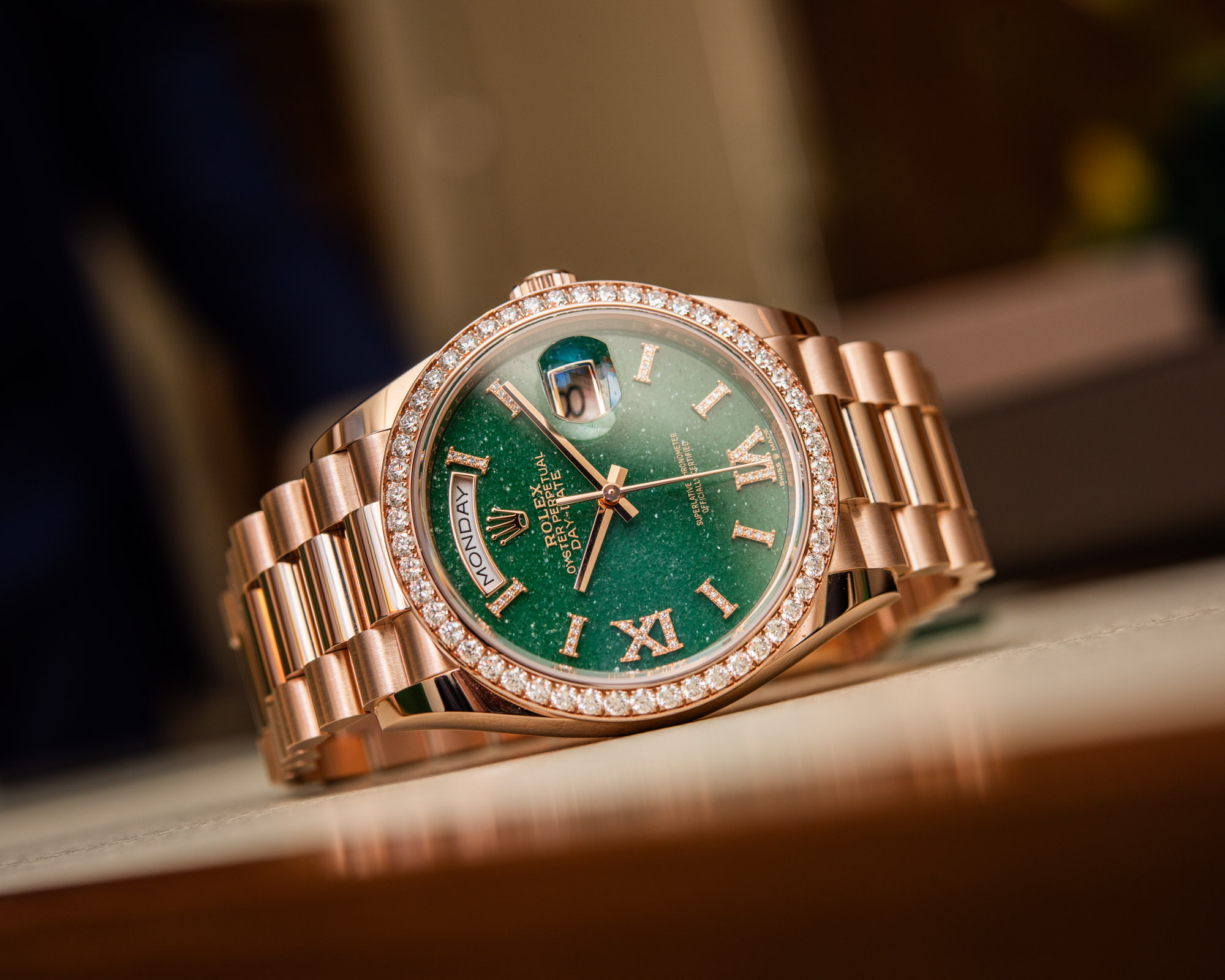 The title of this article implies that consumers are increasingly buying what they can afford (and no more). People rarely purchase watches that go up in value and actually have much incentive to sell. More often than not, watches are purchased as a place to sink disposable income to make the buyer feel good. Watches exist as wonderful little wearable pieces of mechanical art that benefit our emotions more than anything else. Buying them for reasons other than personal enjoyment is a dangerous activity because the market is not set up to be forgiving if you regret your purchase or had some wild idea that it would earn you a profit.
The title of this article implies that consumers are increasingly buying what they can afford (and no more). People rarely purchase watches that go up in value and actually have much incentive to sell. More often than not, watches are purchased as a place to sink disposable income to make the buyer feel good. Watches exist as wonderful little wearable pieces of mechanical art that benefit our emotions more than anything else. Buying them for reasons other than personal enjoyment is a dangerous activity because the market is not set up to be forgiving if you regret your purchase or had some wild idea that it would earn you a profit.
The overall effect is that consumers are becoming more realistic about the money they can sink into the watch-collecting hobby. This is a good thing, overall, even though it will have a real impact on near-term watch sales profitability. I have already mentioned how there are far too many places to purchase watches online right now. Many of these businesses will have to adapt or shutter in response to actual consumer demand, and retailers will also have to take a more active role in creating demand. Otherwise, consumers will find little reason to do business with them or the products they carry. Awareness and demand generation are the two most valuable marketing currencies watch brands should concern themselves with right now. Currently, there is too much pressure on existing customers to buy too many watches that are priced too high.
What the market will look like in five years is very difficult to determine. That’s why I cannot comment in detail on what I believe will happen over the next few years as a result of this trend. It is very clear that perceived consumer affordability is down, and watch retail pricing is up. These two facts are not harmonious, and they will lead to necessary market corrections. Will brands focus on entirely different audiences? Will the number of retailers and watches go down to better reflect actual demand? Will marketing spending and activity increase to offset waning consumer enthusiasm for the promise of price retention? I don’t know, but these are all possible outcomes. What are your experiences on changing perceptions of watch price affordability and the types of responses the industry might make that would help?

